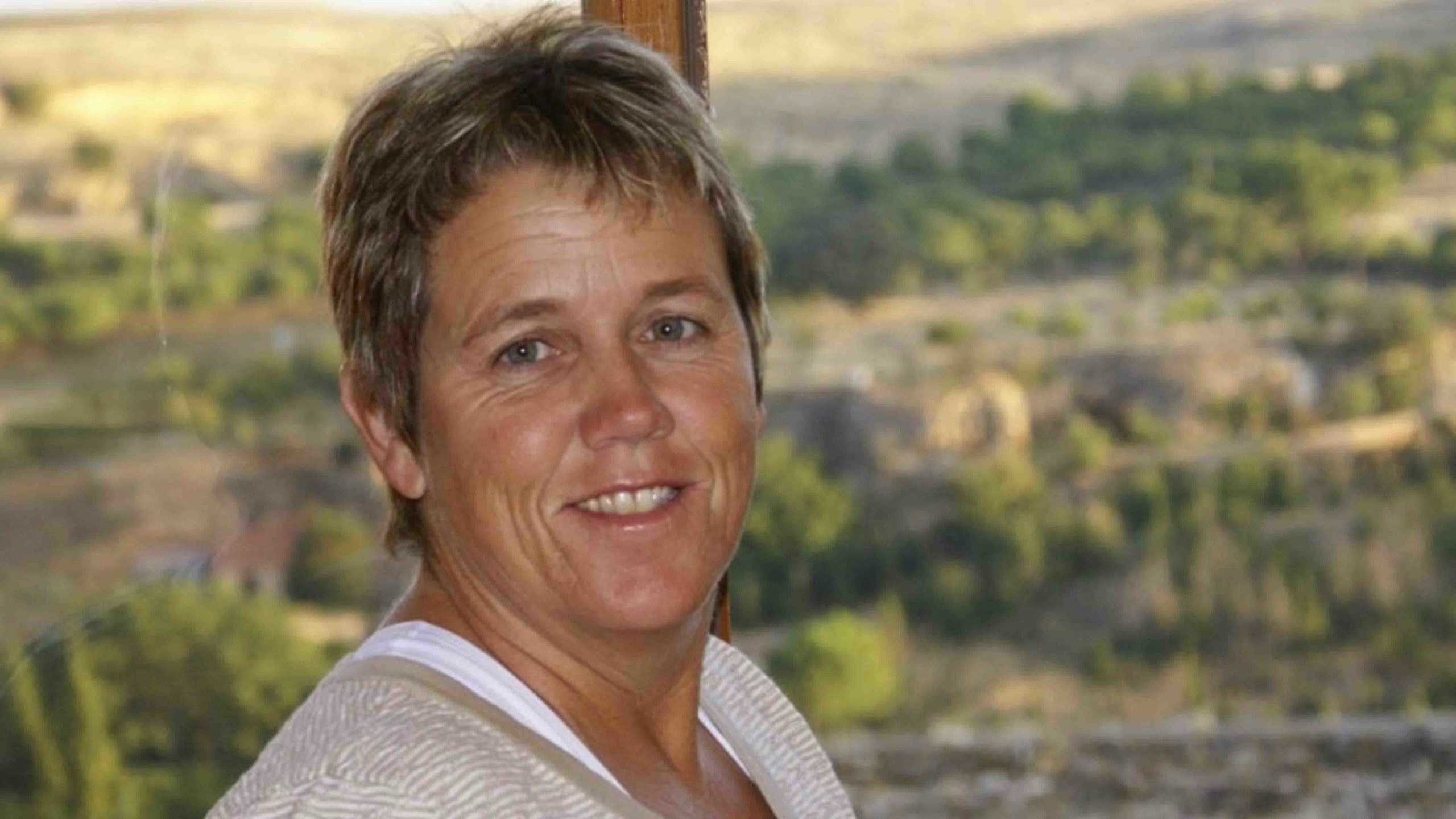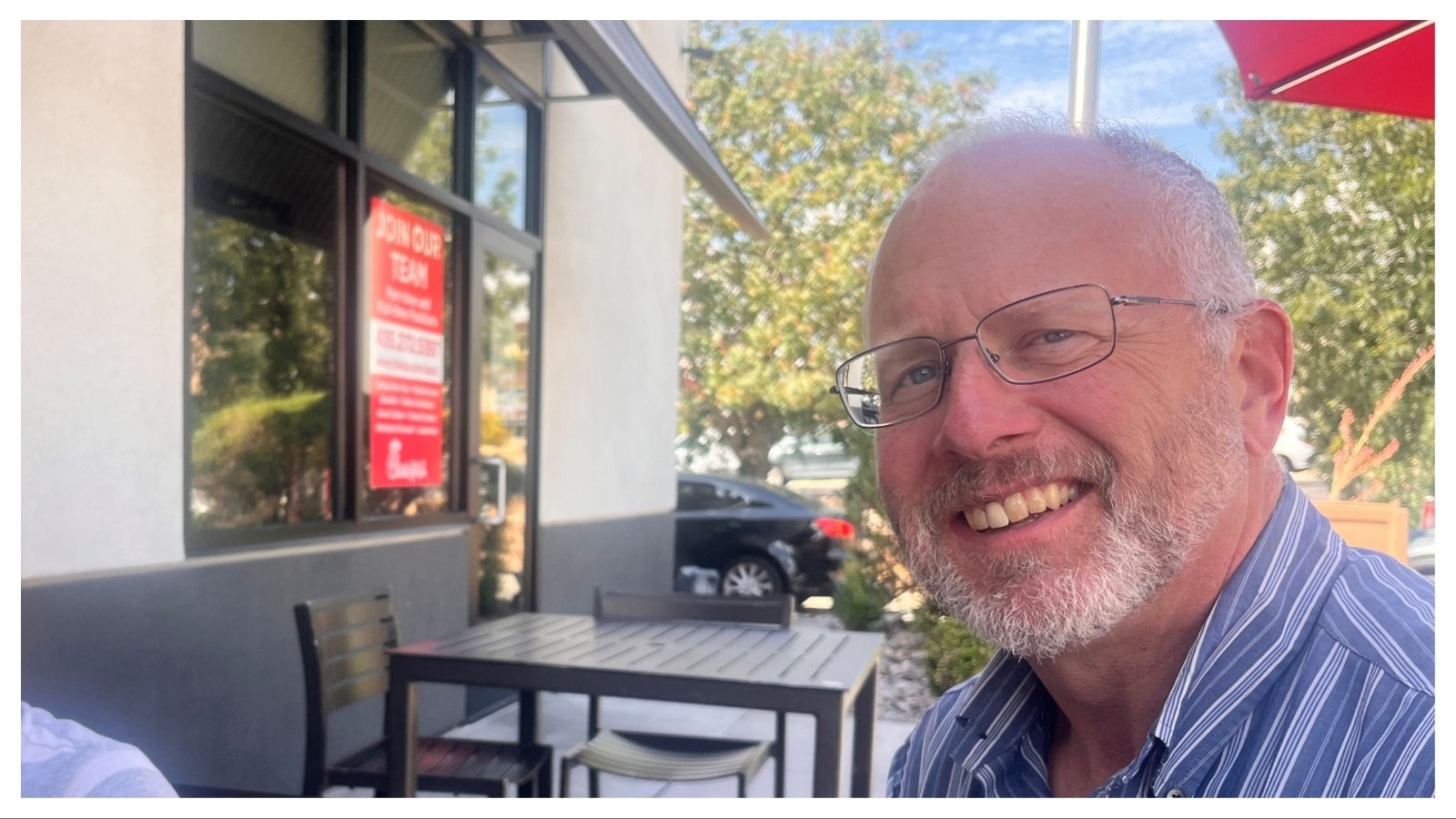Natural, or Habituated: YNP sets predators up for failure, then wants States to fix the problem.
Last week’s column debunking the claim that wolf hunting outside Yellowstone National Park (YNP) had altered wolf pack behavior concluded by suggesting that YNP officials are trying to generate public pressure for state wildlife agencies to change the way they manage wolves.
I maintain that YNP intentionally stirs public outrage about “naive” wolves crossing outside park boundaries and subjected to wolf hunting in neighboring states. A YNP official also claimed this hunter harvest outside the park screwed up wolf research in the park because “this is no longer a natural population.”
Oh puh-leeze. Like it’s “natural” to have thousands upon thousands of humans lined up along park roadways daily to watch wolves and bears. Yellowstone’s “naturalness” policy is responsible for the human habituation of large carnivores in this ecosystem, but park officials then point the finger of blame at state wildlife managers when predators leave park boundaries and find themselves in human-dominated communities.
They know that the wolf and grizzly bear populations have saturated available range inside the park and that these large predator populations will continue range expansion outside the park’s borders. YNP created this mess, but looks to the states to fix it.
Park officials fully understand that their policy to emphasize the management of humans inside the park while limiting management of animals is feasible only within the boundaries of the Yellowstone preserve.
Outside the national parks are human-dominated landscapes with a vast array of communities, land ownership, and multiple uses of natural resources and landscapes, and human livelihoods. There aren’t teams of rangers with the authority to close roads because a grizzly bear lingers roadside.
To expect state wildlife managers to manage large carnivores in the same manner as park officials would be a ridiculous ask. The park service itself can’t afford its current program, and the states certainly can’t either.
YNP officials are fully aware that its naturalness policy results in human-habituated predators, yet instead of openly informing the public of the benefits and consequences of this policy, it now casts dispersion on neighboring state wildlife agencies.
It should be telling the public that within the boundaries of the preserve, park policy provides these great wildlife viewing opportunities for millions of people every year.
But then tell the public about the downside of this management policy: these constant encounters with people results in human-habituated animals and that has consequences – such as the 33 wolves that have been run over and killed by vehicles in the park since 1995.
The agency has long understood the risk of allowing wolves to become human habituated could result in those same animals being legally harvested by humans outside the park.
A 2016 paper acknowledged: “However, the potential still exists for high harvests of wolves exiting the park in other areas, where wolf harvest quotas are substantially higher or unlimited, including in Idaho and Wyoming.
This probability may be heightened by the habituation of wolves to visitors in YNP, their likely naivete when they initially move outside the park, and current temporal patterns of increased movement outside the park that coincide with the initiation of wolf hunting season.”
Back in 2008, YNP acknowledged the situation with habituated bears in a Yellowstone Science article, noting, “The next challenge for park managers is to find innovative, cost-effective ways to manage the large numbers of visitors that want to view and experience habituated bears, or to develop cost-effective methods to prevent habituation.”
Where’s the progress on that? Rather than trying to expand its hands-off approach to managing animals beyond the park’s borders, the park service could engage the public in a discussion about the consequences of its current policy.
Got a bunch of folks gathered at a bear jam? Let the public ponder this one: “While you enjoy seeing five grizzly bears together along this road inside a national park, would you feel the same way if you stepped outside your house in the darkness of early morning to get into your car for work and find those five grizzlies in your yard? Do you think it would be safe for your children to play outside there?”
YNP should help the public understand that there are consequences to its management policies. Instead, YNP officials propose that adjacent state agencies impose buffer zones around the park. A 2016 paper by YNP wolf biologist Doug Smith and co-authors suggested just that.
But they forget that when it comes to wolves, the three states have already implemented buffers – rather than buffer zones, the states agreed to a number buffer for wolf management. When wolves were released in Yellowstone, the federal goal was 10 breeding pairs and at least 100 wolves in each state of Idaho, Montana, and Wyoming.
Later on, each state agreed to manage for a buffer to cushion that minimum number, and that requires at least 15 breeding pairs and 150 wolves in each state. Where are we at with that? Montana has more than 1,000 wolves, Idaho has about 1,500, and Wyoming has more than 300. None of these states need additional buffers to protect wolves.
YNP’s irresponsible messaging is a factor in keeping large carnivore management subject to high levels of controversy.
The agency needs to look at itself and ask some questions: Is the National Park Service policy that creates habituated predators ethical? Has the agency honestly assessed its own role in creating human-habituated predators? Has it considered the dilemma involved in creating such a demand for roadside animals that visitation levels indicate the park is in danger of being loved to death? Has it considered any viable pathway to reduce animal habituation in the park, especially in areas near park boundaries?
Until the agency engages honestly and publicly over the consequences of its current policy, I’ll view YNP’s statements about hunting seasons that occur outside the park as nothing more than a federal agency stirring the pot of controversy.
Cat Urbigkit is an author and rancher who lives on the range in Sublette County, Wyoming. Her column, Range Writing, appears weekly in Cowboy State Daily.





